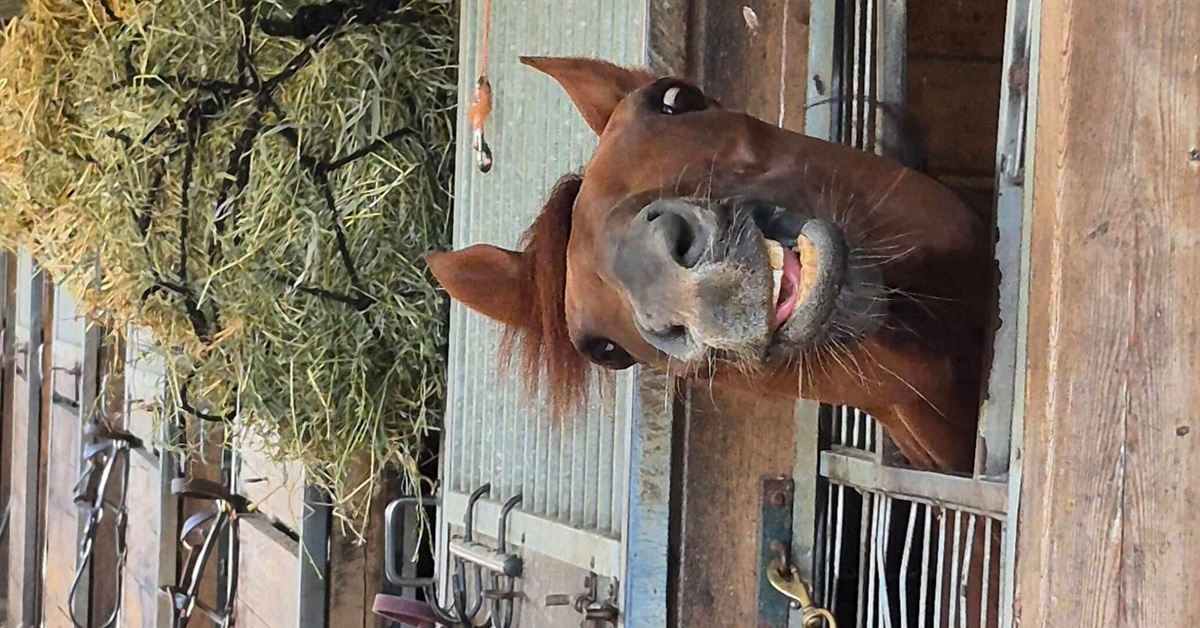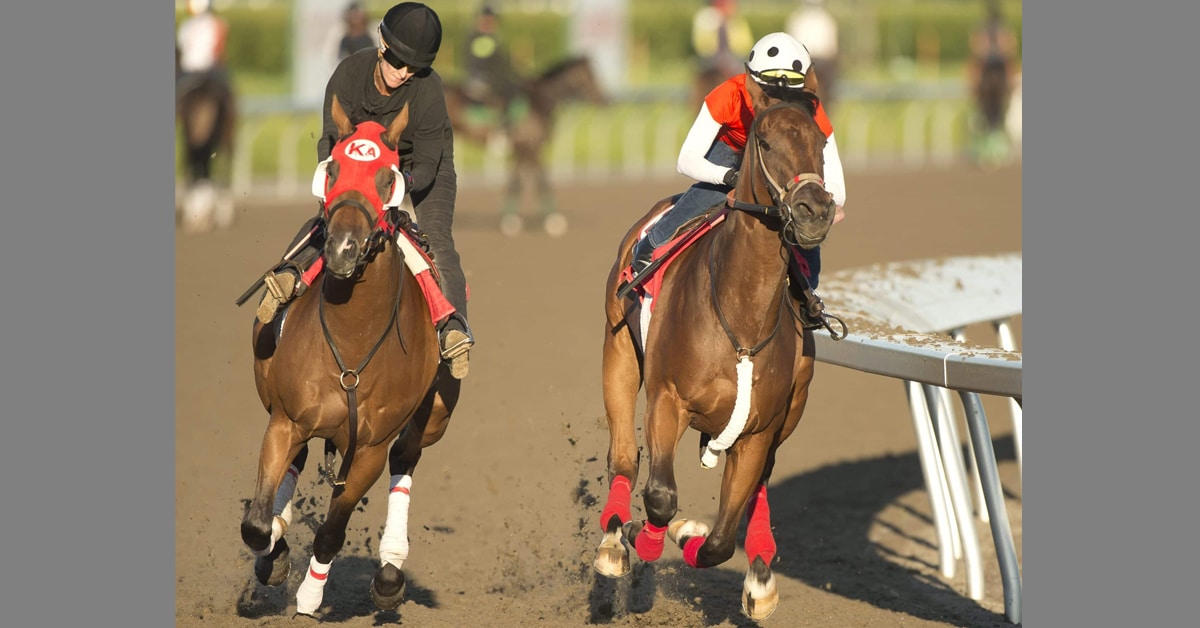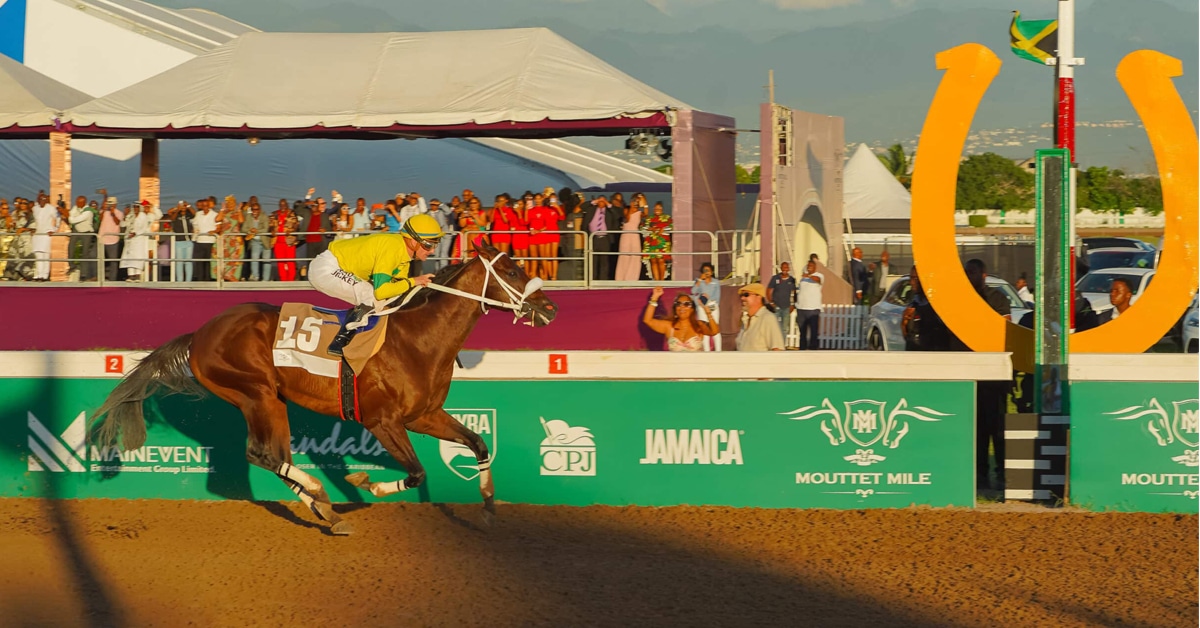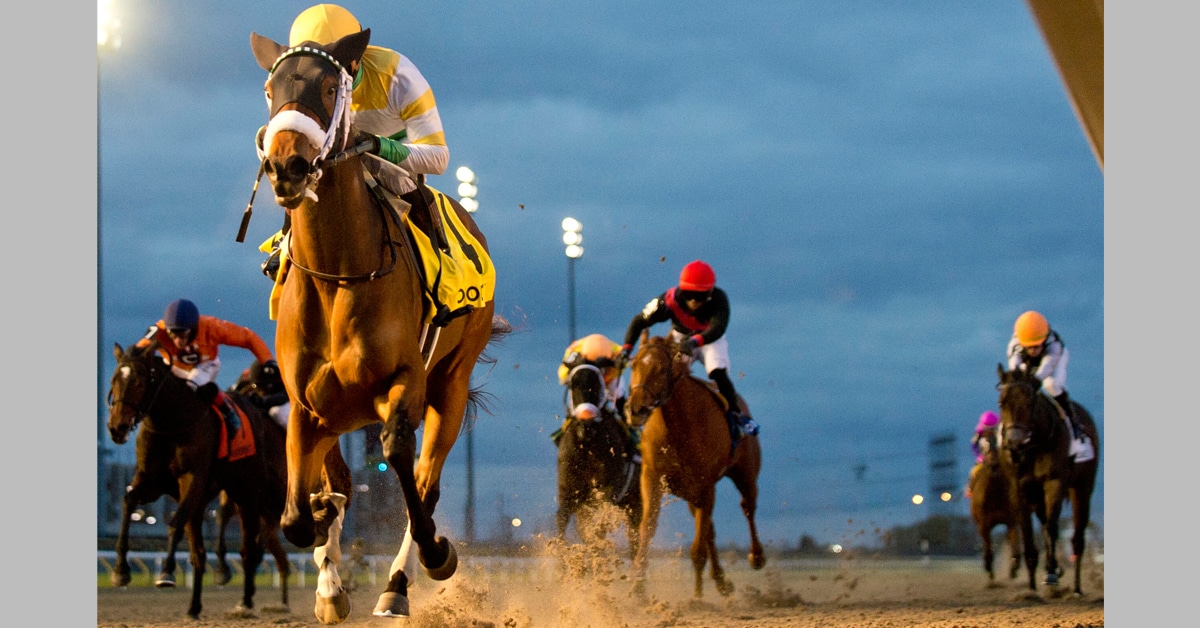(*CORRECTION – Following an investigation from the Paulick Report on Apr. 5, it was found Imprimis did not bleed internally in the Shakertown Stakes and may have had a minor injury from breaking through the gate)
Following the running of the Shakertown Stakes (G2) at Keeneland April 3, part of a spectacular card of racing at the Kentucky track, trainer Joe Orseno told reporters that his top sprinter Imprimis had bled in his narrow loss (see note above, the horse was deemed not to have bled). Orseno was incensed at the current rules in Kentucky (and virtually all other major other U.S. jurisdictions such as New York, Florida) that have banned the use of the anti-bleeding medication Lasix (furosemide) in graded and/or all stakes races.
Imprimis, a 7-year-old graded stakes winner of $865,983, missed by a neck in the 5 1/2 furlong turf sprint at 5 to 2 to Bound for Nowhere and photos of the finish of the race clearly show Imprimis bleeding from his nostril.
The gradual phasing out of the use of Lasix in races began with tracks banning the drug in 2-year-old stakes races in 2020. The Breeders’ Cup is now Lasix-free, as are the Breeders’ Cup Challenge races that are held throughout the year at various tracks. Woodbine’s three Win and You’re In Breeders’ Cup Challenge races, the Woodbine Mile, Summer and Natalma Stakes, all Grade 1’s, will be Lasix-free. The banning of Lasix for race-day use is one of the platforms of the Horse Racing Integrity Act which is set to take effect in July 2022.
But proponents of the use of Lasix on race day say the medication, which was first used in racing in 1974, is a necessity , and humane, as the force of air coming into a horse’s lungs, environment and other factors cause horses to bleed.
“They’re taking the best horses in the country and they’re penalizing them,” Orseno said on Apr. 3. “My horse bled today—physically coming out of his nose. How is that good for the public’s perception of Lasix? That’s what I want to know. It’s not fair to take a horse like this and make ’em bleed. It’s just not fair.”
More on the topic as horsemen begin to speak up.. Here’s a thoroughly disgusted @OrsenoJoseph re : Imprimis and the epistaxis incident today.. Epistaxis = bleeding 🩸 from nostrils. @nationalhbpa https://t.co/MAvUi4oX2Q pic.twitter.com/HUuVFzMwfm
— Steve Byk (@Steve_Byk) April 3, 2021
Also on the April 3 Keeneland card, Hidden Scroll, 2 to 1 in the Grade 3 Commonwealth Stakes, was eased up in the race and reported as bled. The Hard Spun 5-year-old horse, bought at Keeneland November just last fall for $525,000, was making only his second start for new owner Marc Detampel and trainer Brad Cox.

Imprimis (inside) bled in his near miss in the Grade 2 Shakertown Stakes – Keeneland photo
(Note – Imprimis’ bleeding incident did not make it on to the Equibase chart results).
Both incidents led to racing fans and horseplayers noting that attempting to bet on these races and ‘guessing’ which ‘off Lasix’ horse will run well is a futile pursuit.
The Thoroughbred Daily News‘ T.D. Thornton reported on Mar. 28 that thus far in the Lasix-free Road to the Kentucky Derby stakes races that award qualifying points, there has been no adverse affects.
“Through 20 races in North America since Jan. 1 that have awarded Derby qualifying points, horses giving up Lasix after receiving it in their prior start have won five of those races. Seven others have finished second, an impressive strike rate that equates to off-Lasix horses running first or second in 60% of those 20 stakes. The sample–admittedly small, but growing–is comprised of 52 total starters…”
Victor Ryan wrote on Horse Racing Nation that there is a strong division between horsepeople who want to ban Lasix and those who believe it is needed.
“We always point to the fact if there was research or a better medication that is legal and non-performance-enhancing, we would be the first to sign up,” said Eric Hamelback, chief executive officer of the National Horsemen’s Benevolent and Protective Association. “But right now, all the science, all the research, points to furosemide — using Lasix — on race day four hours out as being in the best interest of equine health and welfare.”
The Stronach Group’s chief veterinarian Dr. Dionne Benson told Ryan following the group’s banning of Lasix in stakes and 2-year-old races, “First, obviously there is a perception issue,” Benson said. “Whether you believe Lasix is an issue when it comes to integrity … the public sees something that is concerning — that we allow horses to be medicated on race day. While some people may see it that, if a horse has an issue, let’s give it some medication and let it race, others may see it that if a horse has an issue, why race?”
Dr. Benson also noted that another issue is that there are horses that are put on the Lasix program when they have not bled. “It’s not just being used for EIPH, and I’m not sure how you draw the line for those that need it for EIPH and those that are using it to keep up with the other horses.”
Currently, Woodbine and other Canadian tracks have not made the move to ban Lasix (other than the Woodbine WAYI races).
In Daily Racing Form on April 4, a news item said trainer Richard Mandella is sending Jolie Olimpica from California to Woodbine for 2021 to race on Lasix with trainer Josie Carroll. Mandella told DRF the four-time stakes winner bled in a recent start.
State/Lasix ban/implemented (courtesy Horse Racing Nation)
California: All stakes (except some CA-bred), per CHRB
Kentucky: All stakes stakes, per KHRC
New York: All stakes, per NYRA
Maryland: Graded stakes, per MRC
Florida: All stakes, per track rules
Arkansas: Kentucky Derby preps, per track rules
Louisiana: Kentucky Derby preps, per track rules
More News










